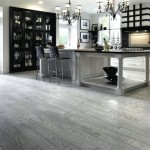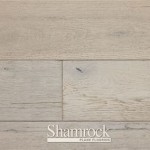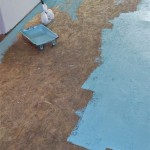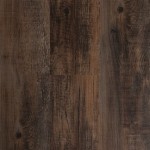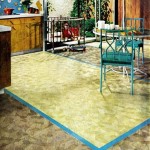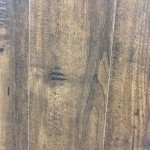Engineered Wood Flooring On Concrete Slab: Essential Aspects for Seamless Installation
Engineered wood flooring has become increasingly popular for its durability, stability, and aesthetic appeal. When installed on a concrete slab, it offers exceptional performance and longevity. However, to ensure a successful installation, it's crucial to consider specific aspects to achieve optimal results.
1. Moisture Considerations
Concrete slabs can retain moisture over extended periods, which can potentially damage engineered wood flooring. To ensure a healthy and durable floor, it's essential to test the moisture content within the concrete slab. Ideally, the moisture level should be below 3%. If the slab is excessively damp, installing a moisture barrier, such as a vapor retarder, is crucial to prevent damage caused by moisture penetration.
2. Subfloor Leveling and Preparation
A level subfloor is essential for achieving a flawless installation. Uneven concrete slabs can lead to gaps or buckling in the flooring. Before laying the engineered wood, it's crucial to level the concrete using self-leveling compounds or other suitable methods. Ensure that the subfloor is smooth and free from debris or imperfections that could compromise the flooring's stability.
3. Floating or Glue-Down Installation
Engineered wood flooring can be installed using two primary methods: floating or glue-down. Floating installation involves connecting the planks together using a tongue-and-groove system without adhering them to the subfloor. Glue-down installation involves securing the planks directly to the concrete slab using an appropriate adhesive. The choice of installation method depends on the specific flooring product and the conditions of the concrete slab. Consult with a professional installer to determine the most suitable method for your project.
4. Expansion Gaps
Engineered wood flooring expands and contracts with changes in temperature and humidity. To accommodate this movement, it's essential to leave expansion gaps around the perimeter of the room and around any fixtures or obstacles. These gaps allow the flooring to expand and contract without buckling or cracking. Failure to leave proper expansion gaps can lead to damage and premature failure of the flooring.
5. Acclimation and Maintenance
Acclimating the engineered wood flooring to the environment of your home before installation is crucial. This process allows the flooring to adjust to the temperature and humidity of the room, minimizing the risk of dimensional changes after installation. Once installed, regular maintenance is essential to preserve the beauty and longevity of the flooring. Sweep or vacuum the floor regularly to remove dirt and debris. Avoid using harsh chemicals or abrasive cleaners that can damage the finish.
By adhering to these essential aspects, you can ensure a seamless and durable engineered wood flooring installation on a concrete slab. Consider consulting with a professional installer to guide you through the process and ensure optimal results for your flooring project.

Installing Wood Flooring Over Concrete Diy

Installing Engineered Hardwood On Concrete Twenty Oak

Installing Engineered Flooring On A Concrete Slab Fine Homebuilding

Installing Engineered Hardwood On Concrete Twenty Oak

Getting It Right Wood Flooring Over A Concrete Subfloor Page 2 Of 3 Construction Specifier

Installing Hardwood Floors On Concrete Subfloors

Hardwood Over Concrete Auten Wideplank Flooring

Q A Solid Wood Floors Over Concrete Slabs Jlc

How To Install Engineered Flooring On Concrete Adm

How To Install Engineered Wood Flooring On Concrete

